The Stove Top Gets Hot When Using the Oven | Finding Reasons and Solutions
Beyond having a cooktop as well as an oven within the same equipment, the freestanding style of the stove is among the most common choice for modern kitchens. Nevertheless, if you keep the oven right next to the cooktop, there seem to be occasions when you’ll find that when you aren’t using the stovetop, the stovetop heats up while the oven is on.
This is a very typical problem, but it shouldn’t be ignored since it might soon become deadly for everyone who lives in the house.
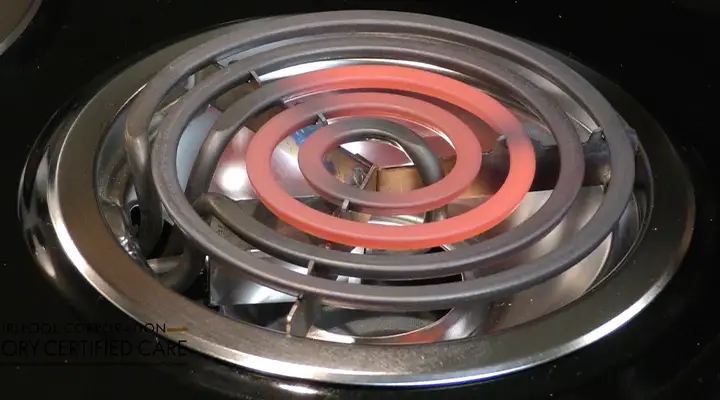
The Stovetop Heats Up Whenever the Oven Is On | Reasons and Solutions
It is typical for the heat of the stove to increase when you’re cooking, but occasionally you may not use the cooktop at all and yet observe that grills or the top are unusually hot. When this happens, the very first thing we consider is whether or not we’ve been using the oven beneath, and as a result, we learn that utilizing the oven heats our cooktop.
The first issue you need to be aware of is that despite having the oven on, the cooktop shouldn’t ever become too hot. The hot air within ovens is designed to flow and exhaust outside through several different parts that are installed. It’s uncommon for a cooktop to get excessively hot even when there’s no cooker underneath, except in specific situations that we’ll cover below.
1. Improper ventilation
The heated air that has gathered within the chamber needs to be released outside via ovens. The vent is often located on the top, at the back, either to the side of the oven whether it is positioned beneath a cooktop or in cabinetry.
The gap between the back burner as well as the screen is often where the oven exits, either beneath one of the rear burners or via the back. Whenever the oven is on, the gas or electric cooktop should not grow hot, as this indicates improper circulation.
2. Improper insulation
If your oven is older, its quality may have gotten worse over time. As time goes on, oven upkeep and cleanup become more and more important. It’s crucial to ensure that your oven functions correctly, vents as it should, and provides the appropriate amount of insulation.
The oven’s door has a gasket in between the oven’s interior and the vent. The gasket is designed to seal the oven and fill the empty area so that no heat may escape. In addition to the cooktop being too hot, a cracked or loosened gasket prevents the regulator from working and prevents the oven from heating up to the right temp.
3. Large pans
Many individuals are not conscious that the pan’s diameter should correspond to the burner’s capacity. For instance, you shouldn’t be using pans that are wider than burners you put them on by over an inch. This guideline is intended to prevent the electric stove from overheating as well as to ensure that the food heats evenly as a large frying pan on a tiny burner would only allow the stuff in the middle of the pan to adequately cook.
Issues exist whenever the huge pan causes heat to be retained all around the coil. In that situation, it becomes more difficult for the coils to cool down, resulting in a power waster. The significant cause is that a cooktop often comes with different-sized burners. It is correct that a large number of pans here on market could not fit your burners, though.
4. Defective Parts
Regulators, cooler fans, and heating sensors are just a few of the numerous parts that make up the oven and thus are intended to control every operation that turns it into the functional machine it is. The oven won’t operate correctly if any of those parts are broken. If an oven vent excessively or for an extended period, or if the heat doesn’t rise to the correct level, there may be a problem.
5. Dripping Trays
If the oven venting passes through the coil, dripping trays alone could be to blame for the heat being contained within the oven chamber. If you encase the drip trays in metal, you effectively block your vent. Additionally, covering the drip pans has no energy-saving benefits for the stoves. The only real benefit is that it saves you little time while trying to clean the coils.
6. A Glass-topped Stove
The unique situation we mentioned in the opening involves the glass-top burner. In short, a chapter should be devoted to only this kind of stove. It’s possible that you utilized the oven whenever a glass-top burner becomes too heated, but it could also be possible that the issue is with the glass stove top itself. In actuality, heat disperses more quickly through the glass and is retained for a significant amount of time by the surface.
Because of this, food on a glass cooktop tends to heat or keep warm for about what looks like a lot longer after the controls have been turned off. Due to this, you could believe that the oven is to blame for the stovetop being too heated or staying hot more than it ought to when, in reality, the cooktop is to blame.
Additionally, that explains why, while lowering the temperature on a glass-top stove, users might not immediately notice the effect. It might take a while before the top temp drops to the ideal degree since heat diffuses slowly via glass.
What Happens If The Cooktop Becomes Too Hot?
The reality that an oven lacks a vent is the main issue whenever a stovetop gets too hot, not just the cooktop itself. A gas oven’s improper ventilation might result in a buildup of carbon monoxide, which is extremely harmful. You could begin to notice symptoms like exhaustion, difficulty awakening, sleepiness, and difficulty breathing if the condition persists for a while and the room does not receive enough clean air throughout the day.
As carbon monoxide has no smell as well as no color, it might be difficult to tell whether someone is being poisoned. Nevertheless, you may avoid it according to the guidelines provided in the directions that came with the cooktop. Additionally, your kitchen has to be routinely cleaned and adequately aired after cooking. A less significant but still bothersome result of a burning cooktop is poor cooking, in addition to this deadly issue.
Frequently Asked Questions
Why Is The Heat On The Stovetop So High?
Stove venting obstructions, irregular burners, large cookware, degraded oven insulation, dripping pan issues, and poor airflow.
Can I Operate The Oven And Cooktop Simultaneously?
The answer is that you can use the stove and oven simultaneously. These are designed to securely hold whatever tool you choose to use.
Should Ovens Have a Hot Exterior?
No, honestly. The heated air is moved about the oven to maintain a generally constant temperature.
Conclusion
Although stovetops are made to reach quite extreme temps, they shouldn’t become so hot that they warm up the room. You’ll be relieved to learn that there are various reasons and remedies if you’re concerned that the stove is becoming excessively hot. If you are unable to find out the problem, maybe it is time to call an expert.

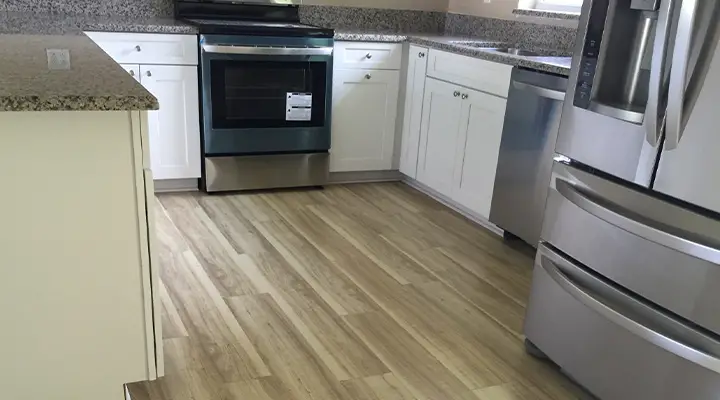
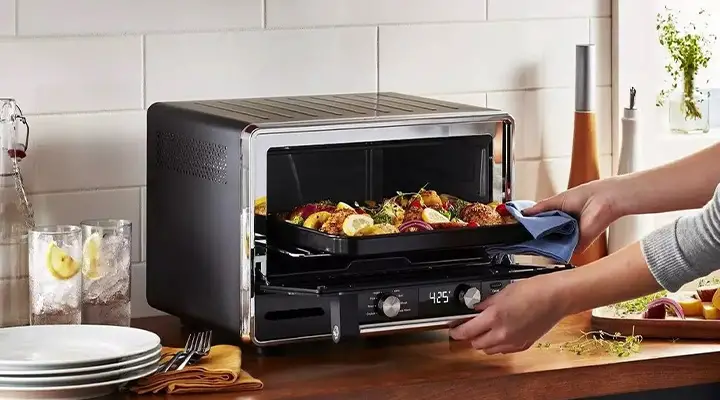
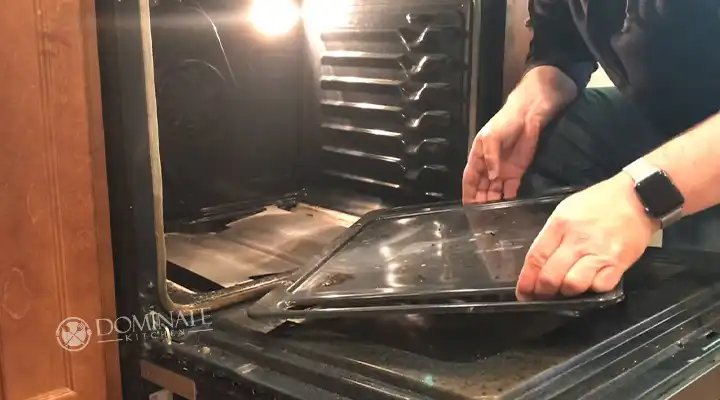
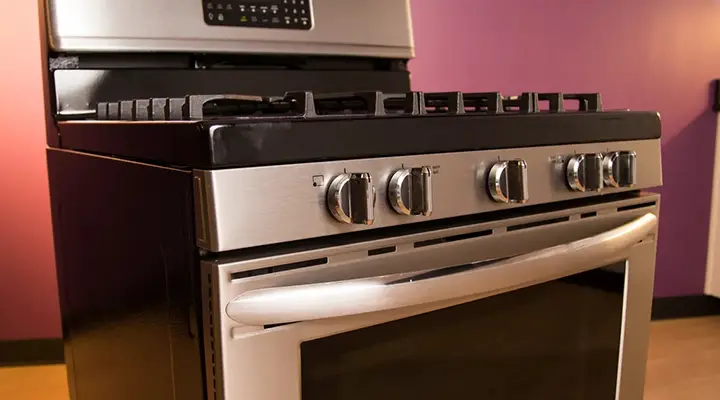
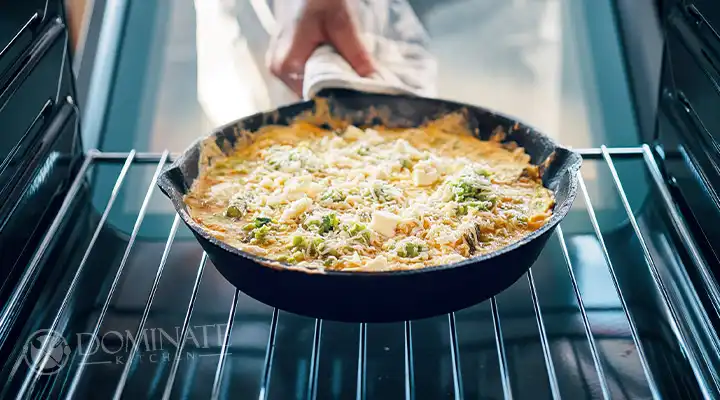
![[Explained] Can I Use A Regular Light Bulb in an Oven?](https://www.dominatekitchen.com/wp-content/uploads/2023/03/Can-I-Use-A-Regular-Light-Bulb-in-an-Oven.webp)
